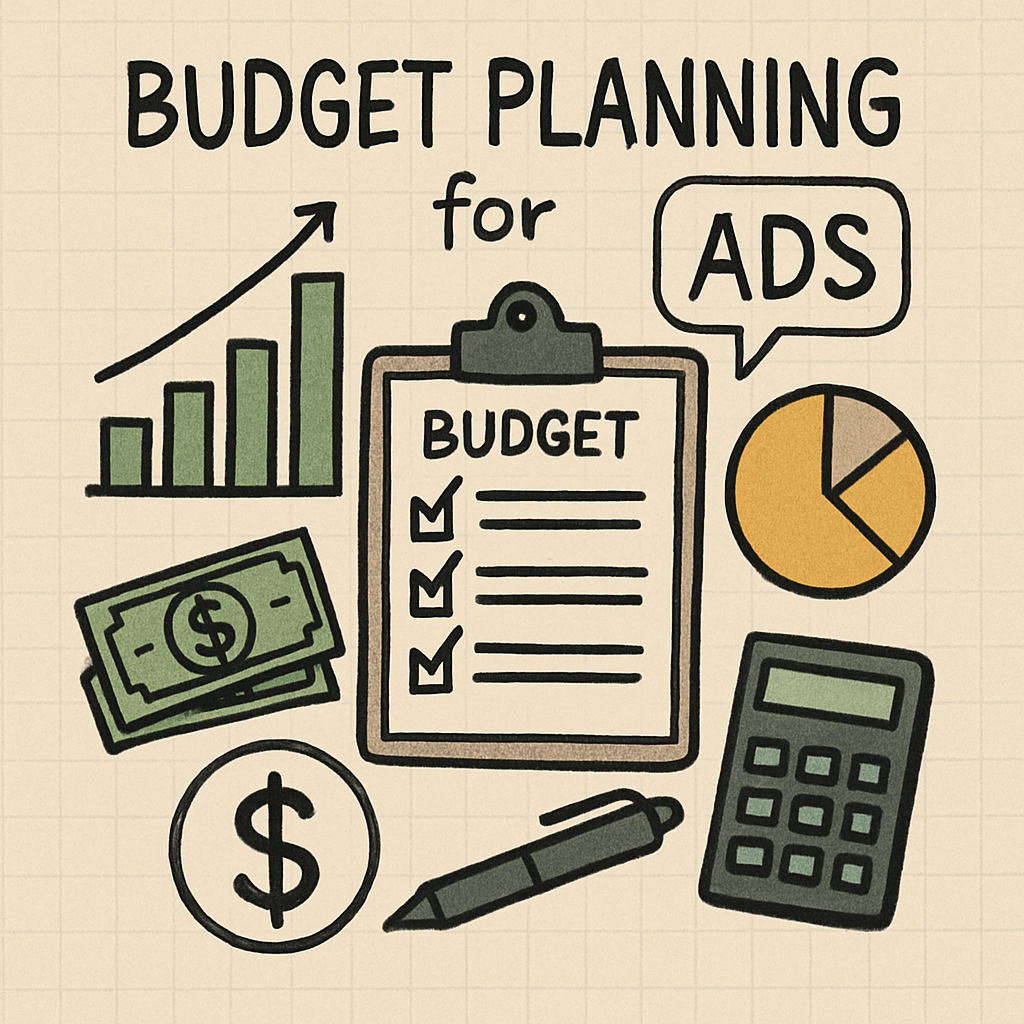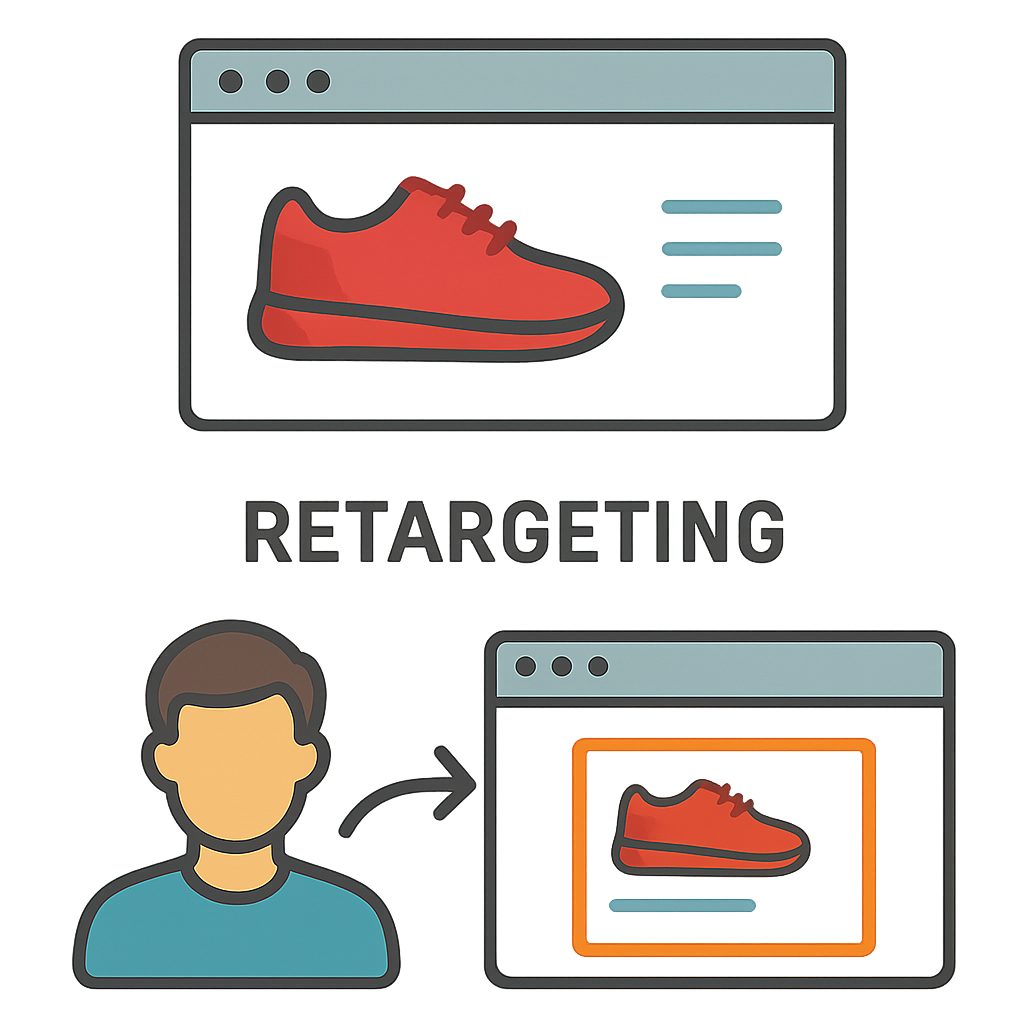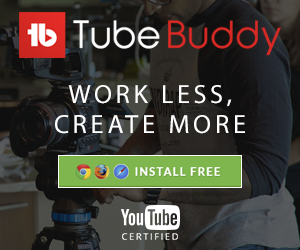Maximize ROI: Facebook & Google Ads Strategies
Boost your marketing strategy with Facebook and Google Ads. Discover unique benefits, cost-effective methods, and strategies for maximizing ROI using both platforms effectively.
Maximizing ROI with Facebook and Google Ads
In the fast-paced world of digital marketing, finding the right platforms to advertise your business can be overwhelming. Two giants stand out: Facebook Ads and Google Ads. Each offers unique benefits that can help you maximize your return on investment (ROI). In this article, we will explore the differences between these two platforms, how to effectively use them, and strategies to optimize your ad spend for better results.
When venturing into the digital advertising space, understanding the foundational elements of Facebook and Google Ads is crucial. These platforms are designed to cater to different types of businesses and marketing objectives, providing diverse tools and capabilities to reach and engage your target audience.
Facebook Ads operate within the Facebook ecosystem, which includes Instagram and Messenger. This platform is known for its powerful targeting capabilities. You can define your audience based on demographics, interests, behavior, and even life events. This allows businesses to reach a highly specific audience, making it a valuable tool for brand awareness and engagement.
Beyond standard targeting, Facebook's Lookalike Audience feature allows advertisers to reach new people similar to their existing customers. This expands reach while maintaining relevance. Moreover, the platform's ad formats, such as carousel and video ads, support dynamic and engaging storytelling, making it ideal for brands looking to create a rich visual presence.
The integration of Facebook Ads with Instagram and Messenger broadens the scope of engagement. Instagram, being a visually-driven platform, complements Facebook Ads by allowing advertisers to leverage imagery and video content effectively. Messenger, on the other hand, offers personalized and direct communication channels to engage users, enhancing customer service and building brand loyalty.
Google Ads, on the other hand, is a pay-per-click (PPC) platform that allows you to bid on keywords to display your ads on Google search results and partner websites. It is ideal for capturing intent-driven prospects who are actively searching for products or services similar to yours. Google Ads is particularly effective for driving conversions and sales.
The strength of Google Ads lies in its search intent capabilities. By targeting specific keywords, businesses can connect with users at the exact moment they are searching for relevant information. This high-intent targeting often results in higher conversion rates, especially when aligned with well-optimized landing pages.
Beyond search ads, Google Ads offers display and video advertising options. Display ads can reach users while they browse their favorite websites, check their Gmail, or use mobile apps, providing extensive reach across the web. Video ads, primarily through YouTube, allow brands to engage audiences with compelling visual storytelling, capturing attention in a unique way.
While both platforms have unique strengths, understanding how they complement each other can enhance your advertising strategy. Facebook Ads' strength in audience engagement pairs well with Google Ads' intent-driven approach. Businesses can use Facebook to build brand awareness and nurture potential leads, then leverage Google Ads to capture those leads when they're ready to convert.
Integration between these platforms can be strategic. For instance, a user who engages with your brand on Facebook can be retargeted with a specific offer through Google Ads, creating a cohesive and continuous user journey. This synergy not only enhances user experience but also optimizes ad spend by targeting users across multiple touchpoints.
When deciding between Facebook Ads and Google Ads, consider your business goals and target audience. Each platform has its strengths, and understanding these can help you choose the right one for your marketing strategy.
Facebook Ads excel in audience targeting. With over 2.8 billion monthly active users, Facebook provides a massive audience base. It's perfect for businesses looking to increase brand visibility and engage with potential customers through visually appealing content.
The expansive user base of Facebook allows for diverse audience targeting. Businesses can refine their audience based on specific demographics and psychographics, ensuring that ads are seen by those most likely to engage. This precision targeting is beneficial for both broad brand campaigns and niche marketing strategies.
Google Ads, however, reaches users who are actively searching for information, products, or services. If your goal is to capture high-intent users ready to make a purchase, Google Ads is the better choice.
Google's search-centric model means advertisers can capture users at the moment of intent. This is particularly beneficial for e-commerce and service-based businesses aiming for immediate conversions. The ability to target by keyword ensures that ads are relevant to the searcher's needs, increasing the likelihood of conversion.
Both platforms offer flexible budgeting options, but costs can vary significantly. Facebook Ads generally have a lower cost-per-click (CPC) compared to Google Ads. This is because Google Ads often involve competitive bidding on popular keywords, which can drive up costs.
When setting your budget, consider your goals. If you're focusing on brand awareness, Facebook Ads can offer a more cost-effective solution. For direct sales and lead generation, Google Ads may provide a higher ROI despite a potentially higher CPC.
Budgeting for these platforms requires strategic planning. On Facebook, the cost-effectiveness of reaching broad audiences can be advantageous for brand-building campaigns. However, businesses should still monitor spend to ensure that campaigns remain within budget while reaching the desired audience efficiently.
For Google Ads, competitive keyword bidding requires careful management. Utilizing tools like Google's Keyword Planner can help identify cost-effective opportunities, while features like bid adjustments allow for real-time budget optimization based on campaign performance.
Ad Formats: Creative and Strategic Variations
Facebook provides a variety of ad formats, including image ads, video ads, carousel ads, and more. This versatility allows for creative storytelling and engaging content that can capture users' attention.
The richness of Facebook's ad formats supports diverse creative strategies. Video ads can tell compelling brand stories, while carousel ads allow for detailed product showcases. This variety enables brands to tailor their messaging to different audience segments, enhancing engagement and recall.
Google Ads primarily offer text-based ads for search results, but also include display ads, shopping ads, and video ads on YouTube. Each ad format serves different purposes, so choose the one that aligns with your campaign objectives.
Google's text-based ads focus on clear and concise messaging, ideal for direct-response campaigns targeting search intent. Display ads, in contrast, offer visual appeal across Google's Display Network, while shopping ads provide product-centric promotion directly in search results, making them highly effective for e-commerce.
Strategies for Maximizing ROI
To make the most of your advertising budget, it's essential to implement strategies that enhance performance and efficiency on both Facebook and Google Ads.
Targeting and Segmentation: Precision in Advertising
Utilize Facebook's advanced targeting options to segment your audience effectively. Create custom audiences based on user behavior, and use lookalike audiences to reach new potential customers who share similarities with your existing audience.
Effective segmentation on Facebook involves detailed audience analysis. By creating custom audiences from your existing customer data, you can tailor your messaging to meet specific needs and preferences. Lookalike audiences expand your reach while maintaining relevance, leveraging Facebook's algorithm to find new users similar to your best customers.
For Google Ads, focus on keyword research and targeting. Identify high-intent keywords that your target audience is likely to search for, and use negative keywords to filter out irrelevant traffic.
Keyword research is the foundation of a successful Google Ads strategy. By identifying keywords that align with your business objectives, you can create ads that speak directly to user intent. Negative keywords further refine targeting, preventing wasted spend on irrelevant searches and ensuring that your budget is allocated to high-value clicks.
A/B Testing: Data-Driven Decision Making
Both platforms offer robust A/B testing capabilities. Test different ad creatives, headlines, and calls-to-action to determine what resonates best with your audience. This data-driven approach allows you to refine your campaigns for better results.
A/B testing on Facebook can involve experimenting with different ad formats, visuals, and messaging. By analyzing performance metrics, you can identify which elements drive engagement and conversions, allowing you to optimize future campaigns.
In Google Ads, A/B testing might focus on variations in ad copy, keyword targeting, or landing pages. This testing helps identify the most effective combinations, enhancing the overall efficiency of your campaigns. Regular testing and analysis ensure that your ads remain relevant and impactful.
Conversion Tracking: Measuring Success
Implement conversion tracking to measure the success of your ads. On Facebook, use the Facebook Pixel to track user actions on your website. With Google Ads, set up conversion tracking through Google Analytics to monitor purchases, sign-ups, and other valuable actions.
Conversion tracking is essential for understanding the ROI of your advertising efforts. Facebook's Pixel provides insights into user interactions post-click, helping you understand how ads influence website behavior. This data can inform future targeting and creative decisions.
Google Ads' integration with Google Analytics offers a comprehensive view of user behavior across your site. By tracking conversions, you can evaluate the effectiveness of different keywords and ads, optimizing for actions that contribute to your business goals.
Retargeting Campaigns: Re-Engaging Interested Users
Retargeting is a powerful strategy to re-engage users who have previously interacted with your brand. On Facebook, create retargeting ads for users who visited your website but didn't convert. With Google Ads, use remarketing lists for search ads (RLSA) to target past visitors with tailored ads as they search on Google.
Retargeting campaigns on Facebook leverage user data to deliver personalized ads that remind visitors of your brand. By segmenting audiences based on their interactions, such as site visits or cart abandonment, you can craft messages that address specific barriers to conversion.
Google's RLSA allows you to adjust bids and ad messaging for users who have previously visited your site. By targeting these users as they continue their search journey, you maintain visibility and relevance, increasing the likelihood of conversion.
Optimizing Ad Performance
Continuous optimization is key to maximizing ROI with Facebook and Google Ads. Here are some tips to keep your campaigns performing at their best:
Monitor and Adjust Bids: Budget Efficiency
Regularly review your bids and adjust them based on performance data. This ensures you're not overspending on underperforming keywords or audiences.
Bid management is crucial for maintaining cost-efficiency in your campaigns. By analyzing performance data, you can identify opportunities to lower bids on underperforming keywords or increase them for high-value prospects, ensuring optimal budget allocation.
Analyze Competitor Strategies: Gaining Insights
Keep an eye on your competitors' ad strategies. Analyze their ad creatives, keywords, and messaging to identify opportunities for improvement.
Competitive analysis offers insights into industry trends and successful strategies. By understanding your competitors' approaches, you can identify gaps in your own campaigns and capitalize on opportunities to differentiate your brand, enhancing your competitive edge.
Update and Refresh Ads: Preventing Ad Fatigue
Avoid ad fatigue by regularly updating your ad creatives and messaging. Fresh content keeps your audience engaged and interested in your brand.
Refreshing your ads is essential for maintaining audience engagement. By periodically updating visuals, copy, and offers, you prevent your audience from becoming desensitized to your messaging, ensuring continued interest and interaction.
Leverage Analytics Tools: Informed Decision-Making
Utilize Facebook Insights and Google Analytics to gain deeper insights into your audience's behavior and preferences. Use this data to make informed decisions about your ad strategies.
Analytics tools provide valuable data on audience interactions and campaign performance. By leveraging these insights, you can refine targeting, optimize ad creatives, and adjust strategies to align with audience preferences and behaviors, driving better results.
Conclusion
Both Facebook Ads and Google Ads offer valuable opportunities for businesses to connect with their target audience and achieve their marketing goals. By understanding the strengths and differences of each platform, you can craft a strategy that maximizes your advertising ROI. Whether you're aiming for brand awareness or direct conversions, leveraging the right tools and techniques will ensure your campaigns are successful and cost-effective.
Remember, the key to success lies in continuous testing, optimization, and adaptation. By staying informed and proactive, you can navigate the dynamic landscape of digital advertising and drive meaningful results for your business. The integration of strategic insights and data-driven decisions will empower your campaigns to deliver sustained growth and engagement, ensuring that your marketing efforts are both impactful and efficient.










